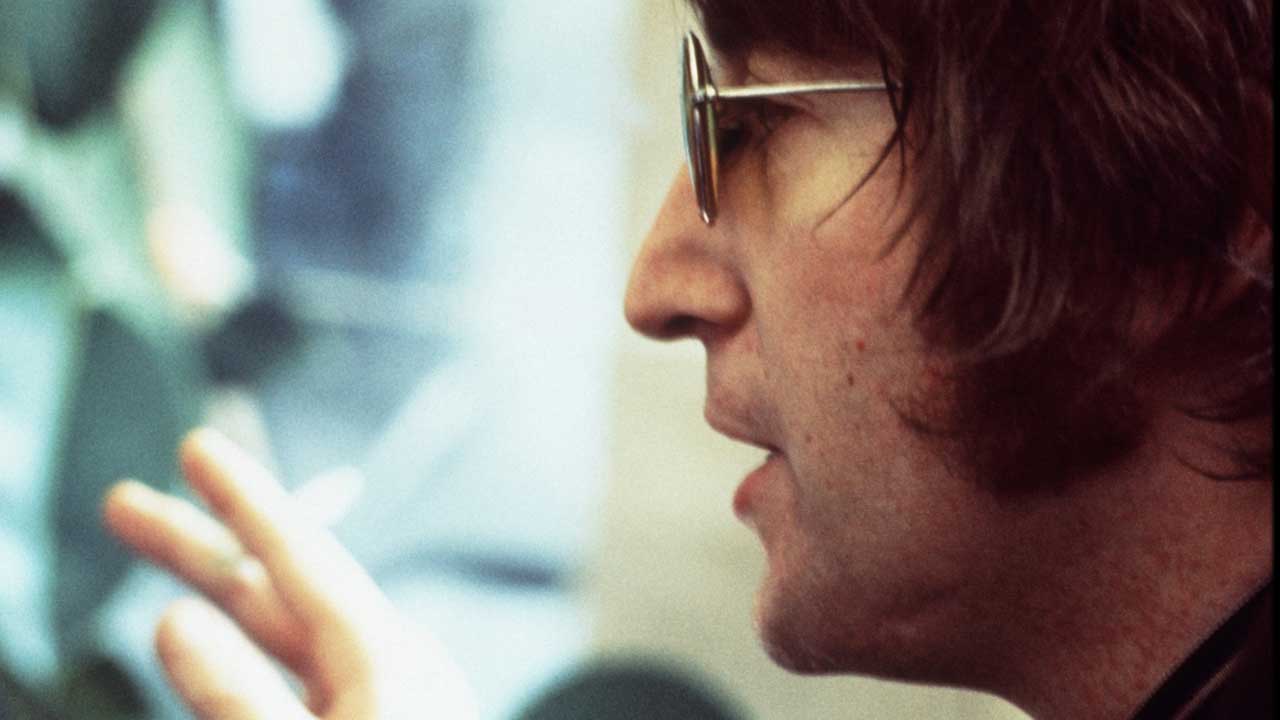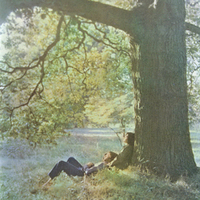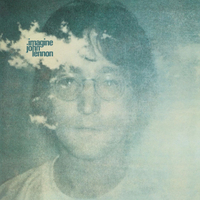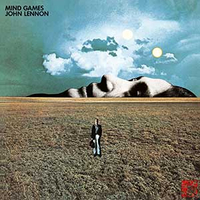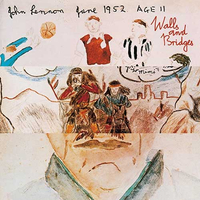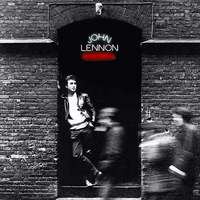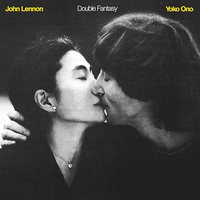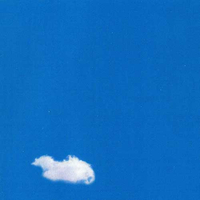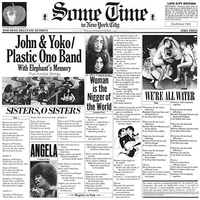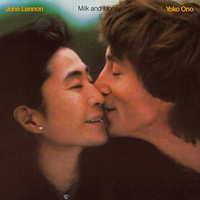John Lennon’s solo career was already underway before the end of The Beatles.
As early as May 1968, Lennon was moonlighting with new love Yoko Ono. Issued two weeks before The Beatles’ ‘White Album’, the largely improvised Unfinished Music No.1: Two Virgins appeared to be a rejection of everything the record-buying public expected of him. The fact that it was adorned with a full-frontal nude photo of the couple only confirmed the notion.
Lennon’s post-Beatles work never quite reached the same avant-gardism, but it was just as wilful. John Lennon/Plastic Ono Band, released in 1970, was a sometimes brutal examination of the forces that both drove and tormented him. Imagine (1971) and Mind Games (1973) showed him to be a songwriter in the classic mould, envisioning a world without war, hunger, religion and the rest of it. You may say Lennon was a dreamer, but his lyrics often carried a bitter streak too.
The years immediately following The Beatles’ demise found him involved in a verbal spat with Paul McCartney, Lennon’s rancour all too apparent on songs such as How Do You Sleep? Then there was Lennon the political rebel, in Che Guevara cap and shades, throwing his weight behind any number of causes – women’s rights, penal injustice, Northern Ireland.
It was a stance that sought expression on 1972’s protest album Some Time In New York City and landed him in bother with the Nixon administration. After setting up home in the US in the early 70s, he found himself monitored by the FBI and threatened with deportation. Lennon wasn’t granted American citizenship until 1976.
By then he had retired from the music business altogether. Having signed off with a batch of old 50s and 60 tunes on the previous year’s Rock ’N’ Roll – he became a house husband, looking after his new son, Sean.
Lennon didn’t fully emerge again until autumn 1980, when he and Yoko returned with Double Fantasy. Tragically, just weeks after its release, he was gunned down in front of his apartment building in New York, aged just 40.
Inducted into the Songwriters Hall Of Fame in 1987, and the Rock And Roll Hall Of Fame seven years later, John Lennon remains one of the most significant figures in post-war pop culture.

